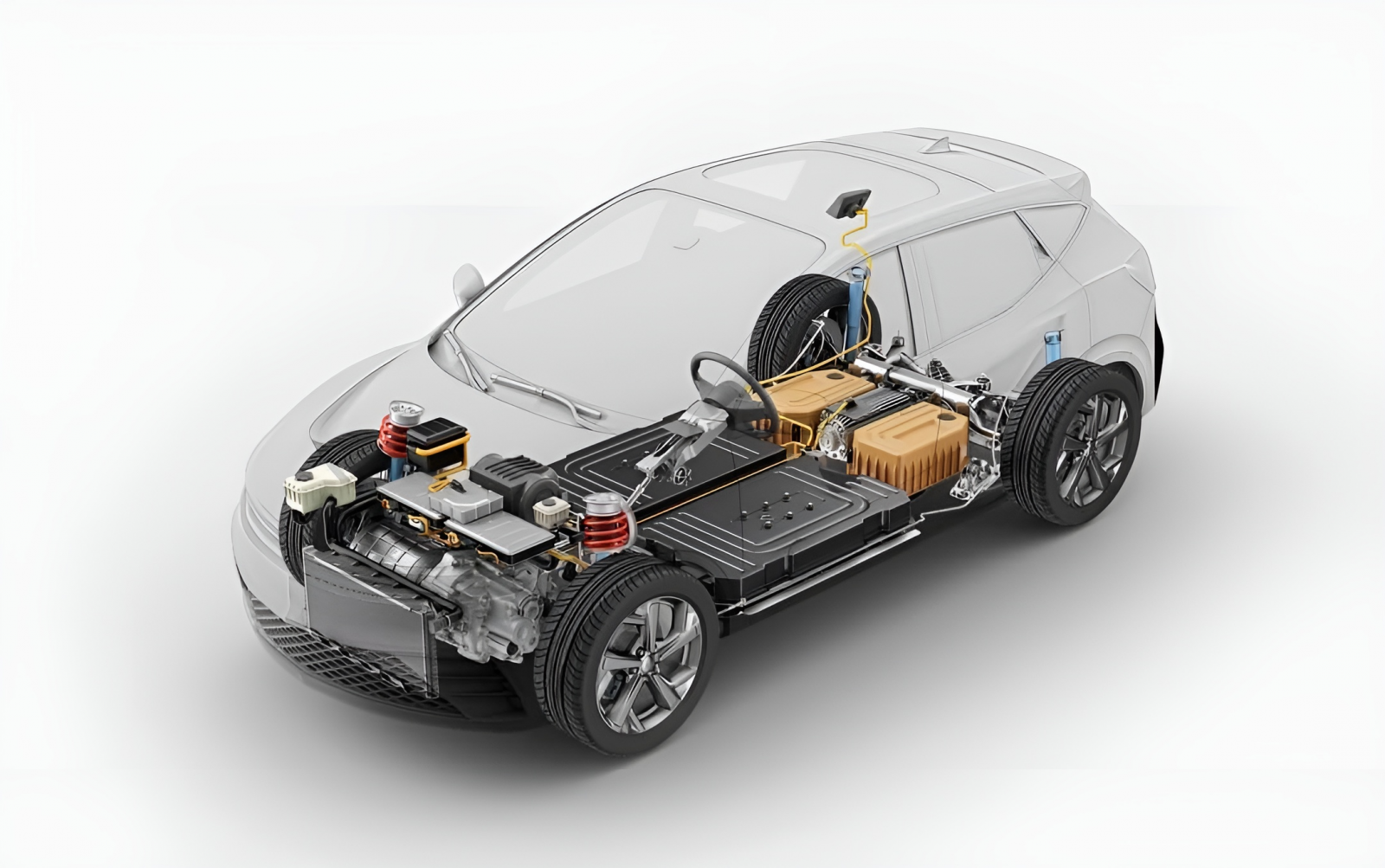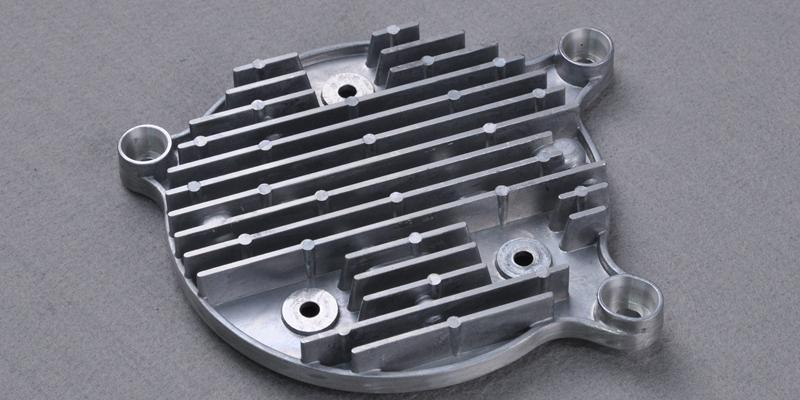Die Casting Industry Innovation and Growth Potential by 2024
The Rise of Die Casting
Die casting is a manufacturing process that involves injecting molten metal into a mold, known as a die, to create complex and highly accurate parts. This method offers several advantages, including cost-efficiency, precision, and the ability to produce large quantities of parts with minimal waste. Die casting is commonly used with materials like aluminum, zinc, and magnesium, making it suitable for a wide range of applications.
Key Market Drivers
1. Automotive Industry
The automotive sector is one of the primary drivers of the die casting market. With a growing focus on lightweight materials to improve fuel efficiency and reduce emissions, die-cast parts, particularly made from aluminum, are increasingly used in engine components, transmission housings, and structural parts.

2. Aerospace and Defense
The aerospace industry relies on die casting for lightweight yet strong components in aircraft and spacecraft. Die-cast parts offer a high degree of precision, essential for critical applications such as engine components, landing gear, and interior fittings.
3. Electronics
Die casting plays a crucial role in the electronics industry, producing heat sinks, connectors, and housings for various electronic devices. The demand for smaller, more powerful electronic components is driving innovation in die casting techniques.

4. Energy Sector
Renewable energy sources, such as wind and solar power, depend on die-cast components for their efficiency and durability. Die-cast parts are used in wind turbine components, solar inverters, and electrical connectors.
5. Medical Equipment
In the medical industry, die-cast parts are vital for the production of high-precision medical equipment, such as imaging devices, patient monitors, and diagnostic instruments.
Innovations Driving Growth
|
► Advanced Materials Die casting is no longer limited to traditional materials like aluminum and zinc. The use of advanced materials like magnesium and hybrid composites is on the rise. These materials offer improved strength-to-weight ratios, making them suitable for a broader range of applications. |
|
► Simulation and Modeling Advances in computer-aided design (CAD) and simulation technologies have improved the die casting process's efficiency and accuracy. Engineers can now optimize designs and simulate the entire casting process, reducing defects and waste. |
|
► Industry 4.0 Integration Die casting is increasingly becoming a part of the Industry 4.0 revolution. Smart factories employ automation, real-time monitoring, and data analytics to enhance productivity, quality control, and sustainability. |
|
► Sustainability With growing environmental concerns, the die casting industry is actively working on sustainable practices. This includes the development of recyclable alloys, improved energy efficiency, and reduced waste in the manufacturing process. |
Conclusion
The die casting market continues to thrive, driven by the ever-expanding needs of industries demanding lightweight, durable, and precise components. The ongoing innovations in materials, technology, and sustainability practices are shaping the future of die casting. As the global focus on efficiency, performance, and sustainability intensifies, die casting is poised to remain a key player in manufacturing across a wide range of industries.
Source: Reported by Melissa Keskar | Research And Development in Coating Industry


 Chia sẻ:
Chia sẻ: